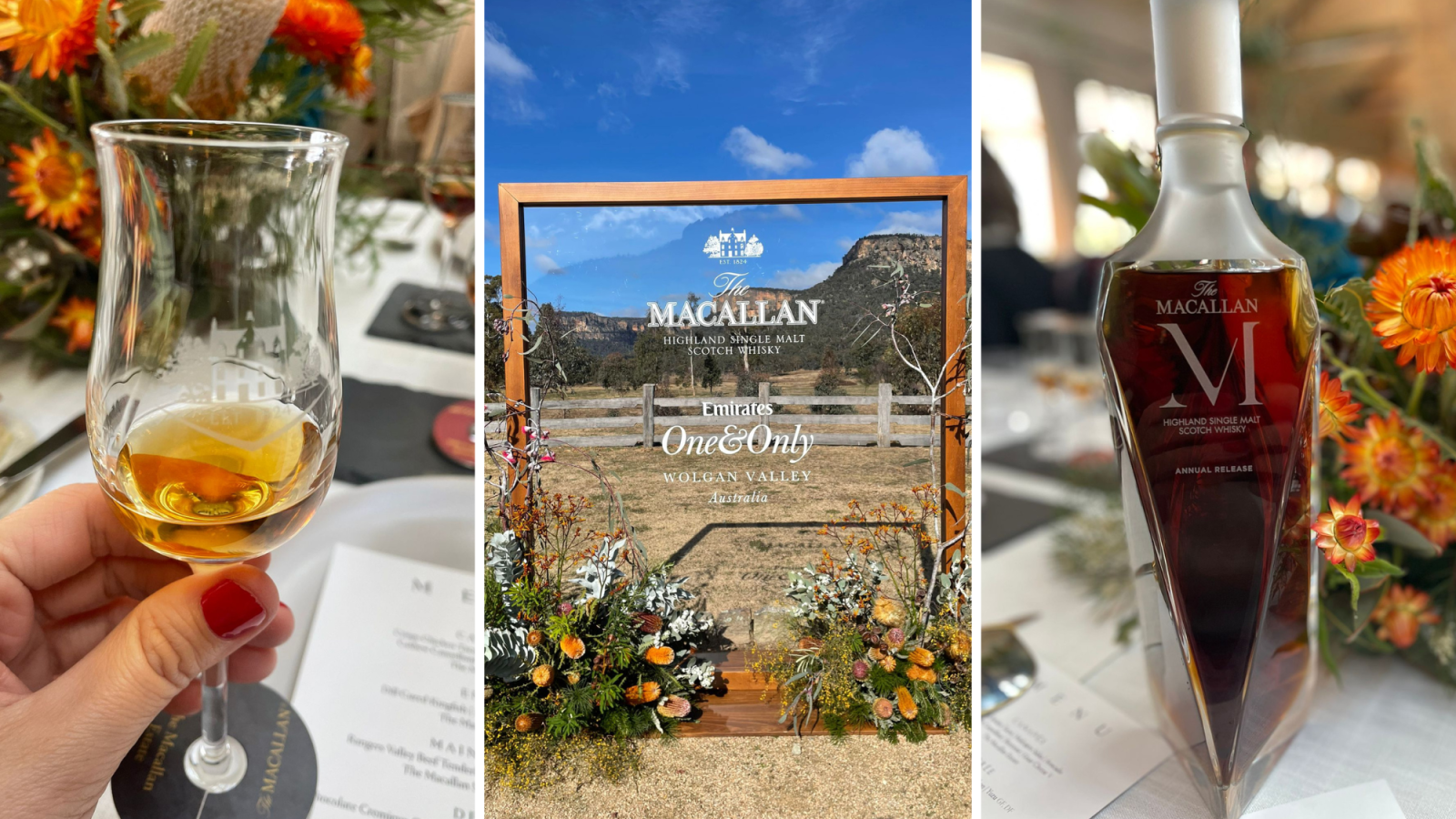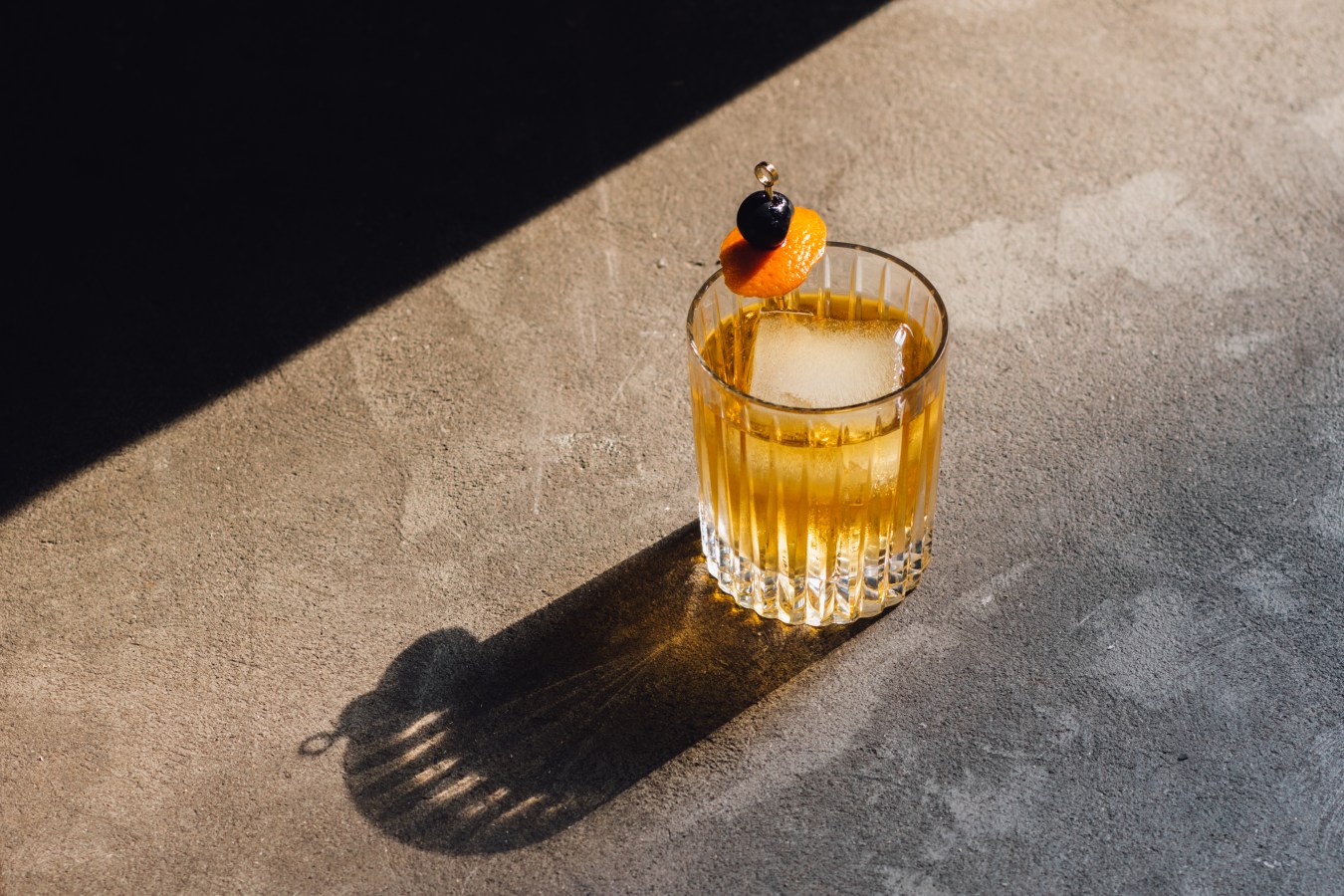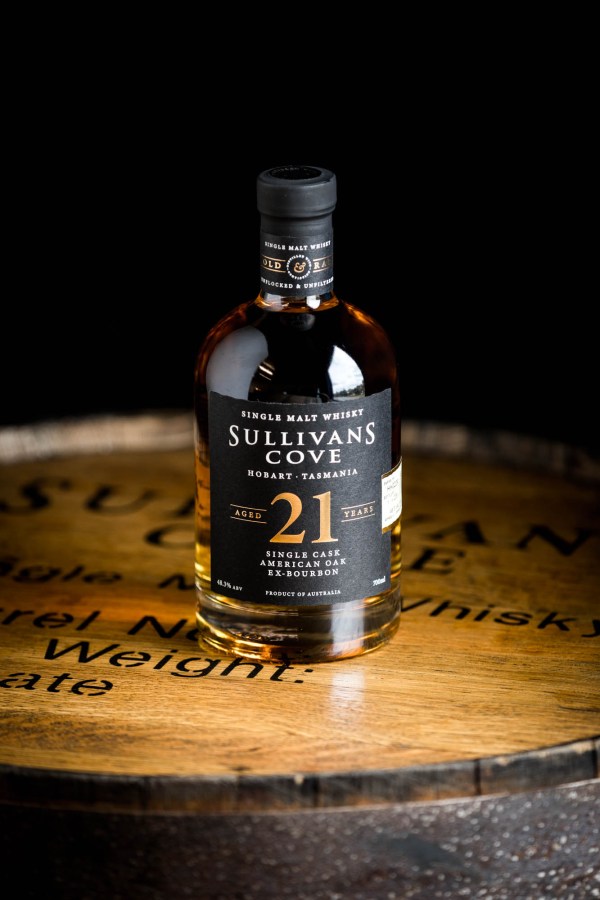When an old coastal highland distillery wanted to relaunch in Australia, it went for a full “immersive” experience.

In case you didn’t know, whisky and oysters are a thing.
So when an old distillery by the North Sea wanted to relaunch its single malts in Australia, what better way than to get aficionados into waders and have them simultaneously shuck and quaff.
If it seems like the whisky’s fire would overwhelm the sweet, saline, squishiness of the mollusc, Glenglassaugh is offering you the ideal way to disabuse yourself of that notion.
The Scottish distillery, now owned by Brown-Forman, has teamed up with Sydney Oyster Farms for an “immersive” experience of both delicacies.
Third generation oyster farmer Sheridan Beaumont who runs the Sydney Oyster Farm Tours, said she started the in-water dining experience in the last 12 months. The tours were meant to be a Covid pivot, but it took so long to get approvals that the business is only just getting going now.
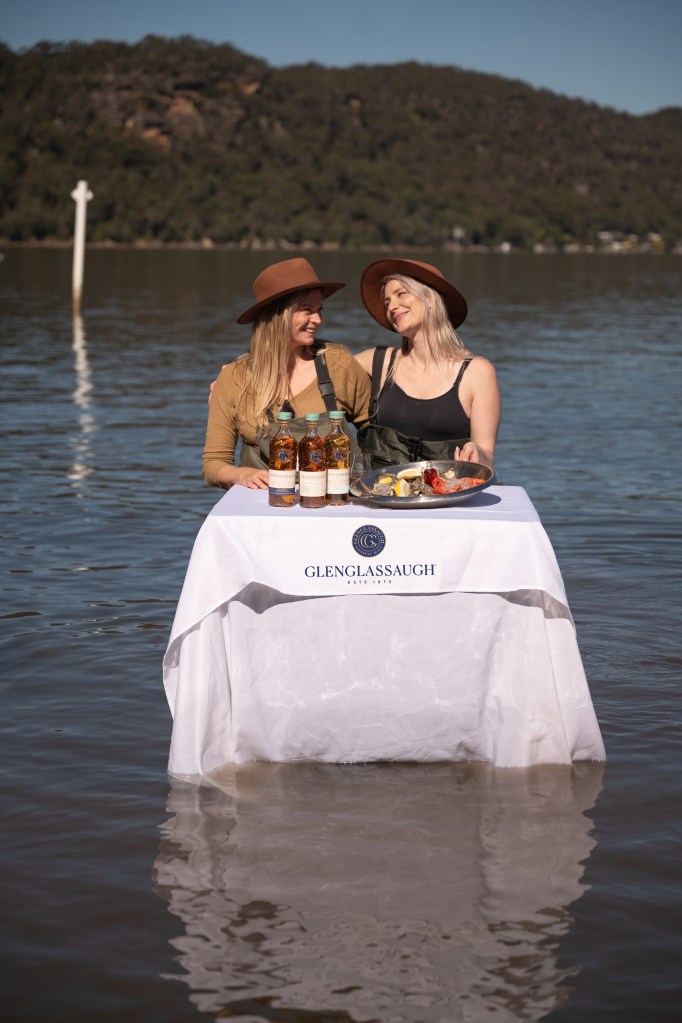
“The clever folk at Glenglassaugh know how great whisky and oysters pair together,” she said. “We couldn’t have imagined a better partnership to bring this duo to life.”
Her flat-bottomed open boat takes us on a tour of one of their oyster leases on the Hawkesbury River north of Sydney, giving a fascinating insight into the joys and tribulations of oyster farming.
We suit up into green waders as we motor to a secluded cove where nine white-clothed tables await, stocked with oysters, prawns and a bottle of Glenglassaugh on each.
It’s not quite midday. But such tours are dependent on the tides more than artificial notions of when it is acceptable to imbibe. And the sun is shining, and the water is still.
We learn that a “shelly”, a recently emptied oyster shell filled with a splash of whisky, is an excellent way to pair the two flavours.
Beaumont attests that oysters “really are an aphrodisiac”. The newly qualified medical doctor also had four children under four. “My husband now has a ban on oysters,” she says.
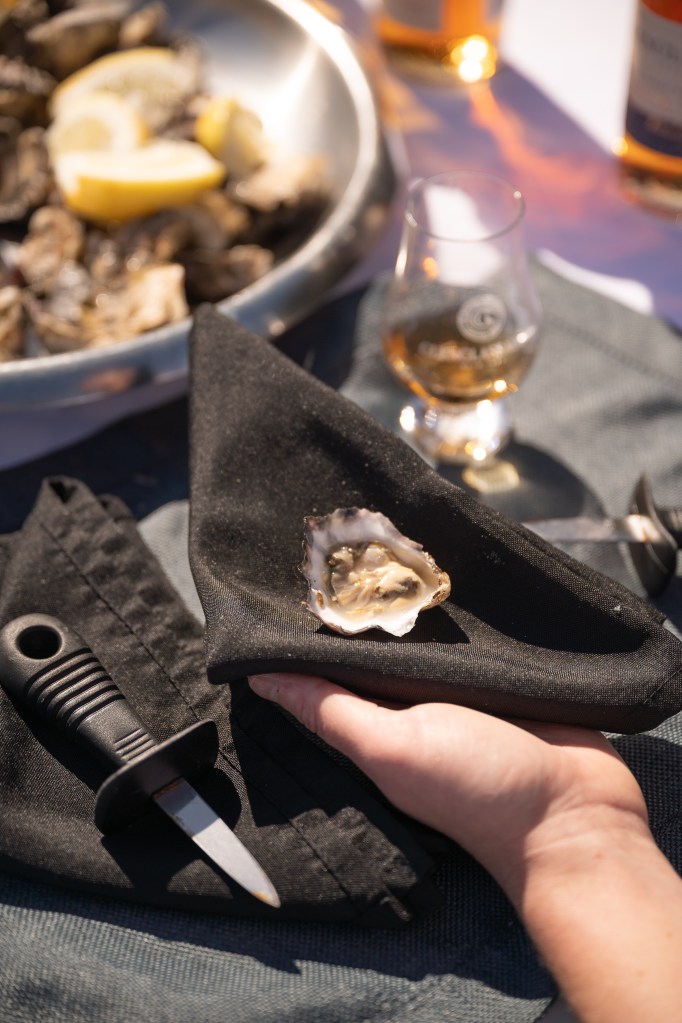
Brown-Forman’s Grant Shearon explains that Glenglassaugh was established in 1875 but was closed in 1986 because it was too small and too remote and its style didn’t necessarily go well with the blended whiskies that still dominated the industry 37 years ago.
Glenglassaugh was reopened in 2008 and its stock of pre-1986 whisky that had been warehoused on site in the salt rich air for more than 20 years was bottled and released as a high-end single malt. It won much praise and numerous awards.
Only now has Glenglassaugh’s portfolio of new stock reached sufficient maturity to go out into the world and it lands on Australian shelves in September. So it’s a distillery with the problem of having very old whiskies and young ones, with nothing in between.
So Glenglassaugh’s old whiskies are priced well below comparable drops. A 50-year-old Glenglassaugh sells for $10,000 whereas a 50-year-old from its sister distillery, Glendronach, goes for $48,000.
The company expects this relaunch to raise awareness of the brand as a whole and hence lift the interest in the old stuff. “Implied with that is the understanding that … as it becomes better known, and establishes its brand and quality credentials, whisky collectors’ search for and willingness to pay for Glenglassaugh’s aged expressions will rise,” the company says in its notes.
“It is reasonable to expect the days of a 50-year-old expression under $20,000 to be very limited.”
Hence the relaunch and the desire to bring this seaside Scotch to the attention of a seaside people.
And Forbes Australia can attest to the fact that whisky does pair with oysters. Even before midday.
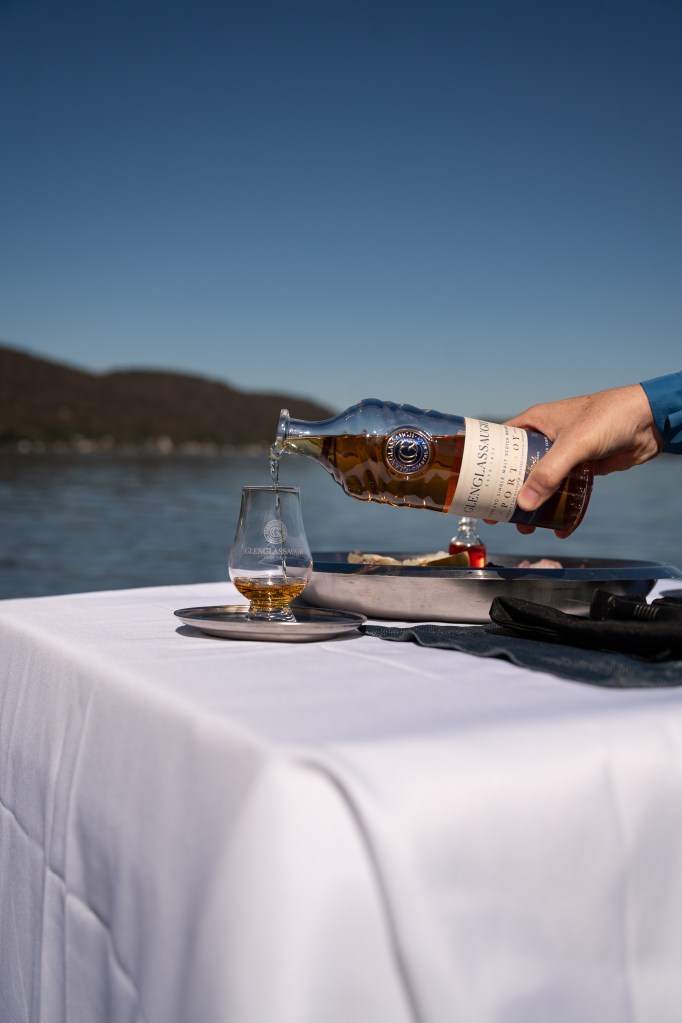
Glenglassaugh Whisky Immerse Yourself
● Cost: $195 ($15 discount with code ‘WHISKY15’)
● Duration: 150 minutes (approx.)
● September only
● Includes: Boat tour, in-water dining experience and whisky tasting
● The three new Glenglassaugh expressions will be available nationwide from September 2023 for a recommended retail price of $110 for the 12-year-old, $120 for Sandend and $132 for Portsoy.
